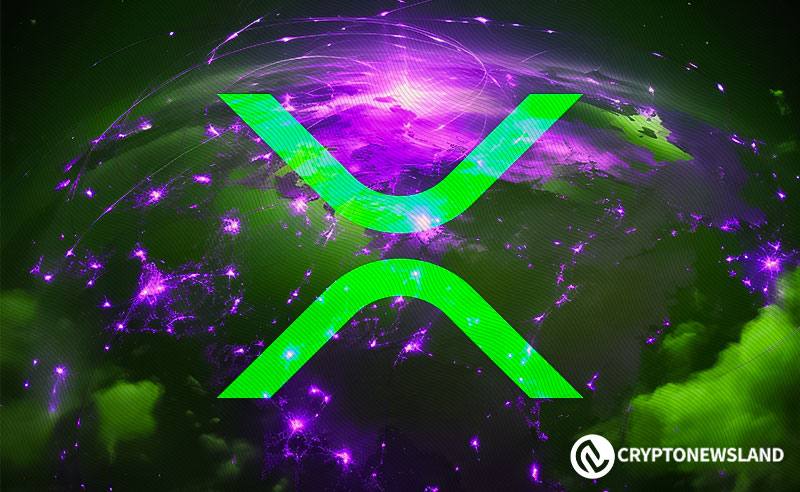The narrative that cryptocurrencies liberate the economy from central banks’ clutches often overlooks the influence of whales, Satoshi Nakamoto’s BTC holdings comparable to central financial entities. These, among others, challenge the decentralized ethos crypto purports to champion.
Why Decentralization in Crypto is in Question?
Analysis of leading cryptocurrencies revealed that substantial portions of these digital assets are held by a minimal number of entities, challenging the principle of decentralization.
Considering Ethereum, 3 whales control a staggering 43.14% of its total supply. This concentration suggested that decisions and market movements could be significantly swayed by just a few hands.

Similarly, in Bitcoin, although more dispersed, one whale holds 1.25% of the total supply, with 10.37% retained by 44 investors as IntoTheBlock on-chain data revealed.
These statistics underscored the potential for market manipulation, where these few can influence prices or even governance decisions on blockchain protocols that use token-based voting systems.
The Nakamoto Coefficient, a metric for assessing blockchain network decentralization, further illuminated this disparity.
– Advertisement –

Bitcoin, with a higher coefficient, exemplified greater decentralization compared to others like Ethereum. On Ethereum fewer entities could disrupt the network or control critical functions. These insights provoke a reevaluation of what decentralization means within the crypto space.
How Whales Impact Crypto
While Bitcoin may hold the standard, the presence of whales in many cryptocurrencies especially memecoins revealed a contested landscape, where the ideal of decentralization is in constant tension with the realities of wealth concentration.
This does not conclusively declare cryptocurrencies centralized but indicates a profound debate about their governance and influence dynamics.
Satoshi Nakamoto’s fortune reached $107.5 Billion. Satoshi’s financial trajectory apes the explosive growth of Bitcoin itself, depicted in charts tracking the ascension among global billionaires. This scenario further prompts a vital debate on cryptocurrency’s founding principles of decentralization.
The charts revealed that Satoshi holds an influence comparable to central financial entities, challenging the decentralized ethos Bitcoin purports to champion.

This vast concentration of wealth within a single, albeit unidentified, entity could pose significant risks to Bitcoin’s stability and independence. The fear that Satoshi could move their holdings, potentially triggering market disruption, underscored the precarious balance in the crypto ecosystem.
While Bitcoin leads in decentralization with a robust network, the concentration of significant holdings like those of Satoshi presents centralization risks, similar to traditional financial systems.
This paradox highlighted ongoing debates surrounding blockchain’s promise of decentralization, where the theoretical ideals meet the practical realities of wealth distribution and market influence.
What Key Areas Does Quantum Computing Threaten?
Recent data from CryptoQuant revealed Quantum computers could disrupt 2 key areas; Bitcoin mining and private key security. A notable vulnerability with 23.52 Million legacy addresses under quantum threat due to exposed public keys.
More analysis showed a staggering rise in Bitcoin’s hashrate, suggesting a robust network defense despite potential quantum disruptions.
Yet, with quantum advances, miners using quantum algorithms could outpace traditional computing, challenging network stability.

Further analysis highlighted the shift in address types with a significant decline in Pay to Public Key (P2PK) addresses, as the community moves towards more secure formats like Pay to Script Hash (P2SH) and Segregated Witness (SegWit). This could reduce exposure to quantum decryption via Shor’s Algorithm.
Notably, the Taproot addresses, at lowest risk, reflect a proactive community shift towards enhancing cryptographic defenses.
These trends denote the crypto community’s responsiveness to quantum threats, yet the debate on true decentralization remains, as advancements in quantum technology could disrupt this balance, demanding further innovation in blockchain security.










